Writing

Ruth R. Wisse
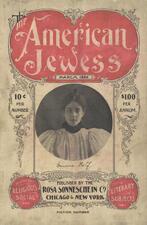
Emma Wolf
Author of five novels and numerous short stories, Emma Wolf was a pioneering Jewish American writer whose works were widely read and discussed within and outside the American Jewish community.
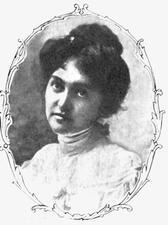
Martha Wolfenstein
Martha Wolfenstein is a forgotten figure in American Jewish literature today, but near the end of her life, she was hailed by Israel Zangwill and other critics as “the best Jewish sketch writer in America.” Before her death at age thirty-six, she wrote with charm, learning and a distinctive woman's perspective.
Charlotte Wolff
A pioneering German-Jewish lesbian and feminist physician, Charlotte Wolff became interested in sexology, psychotherapy, and chirology while working as a physician in Berlin’s working-class neighborhoods. Soon after the Nazis came to power she fled to France and then to England, where she began researching and writing books on chirology. In the 1960s she turned her research to homosexuality and published a landmark study on lesbianism.
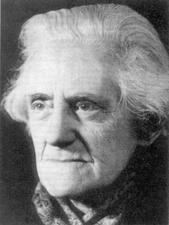
Nelly Wolffheim
Nelly Wolffheim spent her career developing and teaching a kindergarten curriculum based around Sigmund Freud’s psychoanalytic framework. She taught this curriculum, which encouraged children to express their sexual desires, to Jewish women teachers in Berlin. After escaping Germany for England in 1939, Wolffheim struggled to continue her research but began publishing her work again after the war.
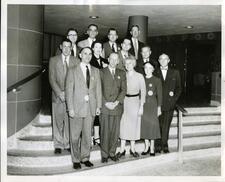
Theresa Wolfson
Theresa Wolfson, economist and educator, taught at Brooklyn College from 1929 until her retirement in 1967. A prolific writer, she published in the fields of labor economics and industrial relations. As early as 1916, Wolfson studied barriers to the advancement of women in the workplace and the unequal treatment of women within trade unions.

Helen Rosen Woodward
Helen Rosen Woodward is best known for her contribution to the world of advertising and is generally believed to be the first female account executive in the United States. She was also prolific author who was committed to social justice.
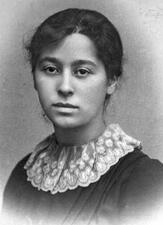
Writers in Victorian England
Spurred to publish initially as a response to the concerted campaigning of Christian conversionists, women writers were the first Anglo-Jews to produce literature on Jewish themes in England. By the end of the nineteenth century, literature by Jewish women had expanded to encompass not only works defensive of the dignity and rights of Anglo-Jewry, but also satirical novels critical of the community’s materialism and marriage practices.
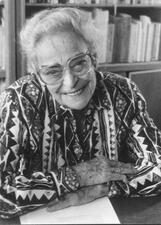
Leni Yahil
Leni Yahil was a German-born Israeli scholar and pioneer of Holocaust research in the decades following the Second World War. Working closely with Yad Vashem, she was among the first to emphasize Jewish primary sources, explore the importance of Jewish resistance, and document the Jewish experience in Northern Europe during the Holocaust.
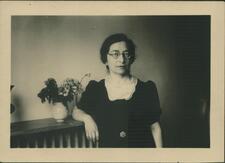
Miriam Yalan-Stekelis
Miriam Yalan-Stekelis revolutionized Israeli children’s literature with her classic poems and stories. She challenged the convention of the “happy ending” in children’s stories, portraying children playing yet also struggling and suffering from the judgment of adults. Yalan-Stekelis’s play-songs and poems have become an integral part of the cultural repertoire of kindergartens and schools in Israel.
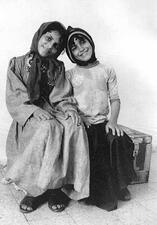
Yemen and the Yishuv

Anzia Yezierska
Essayist, novelist, writer, and literary critic Anzia Yezierska turned the frustrations and indignities she suffered in New York’s tenements into novels and short stories that depicted the strenuous working lives of Jewish immigrants. Her novels, short stories, and autobiographical writing vividly depict both the literal hunger of poverty and the metaphoric hunger for security, education, companionship, home, and meaning that Jewish immigrants sought in America at the turn of the century.
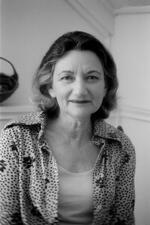
Helen Yglesias
At the age of 54, Helen Yglesias dedicated herself to becoming a writer. Her works focus on the lives and concerns of Jewish women in New York. Her most notable books include Sweetsir and The Girls.
Yiddish Literature in the United States
Writers of a broad range of texts—passionate and erotic lyrical verse, social realist fiction, affecting descriptions of immigrant life, nostalgic paeans to their Eastern European homes, dirges to those murdered in the Holocaust—Yiddish women writers were modernists and traditionalists, romantics and realists, prose writers and poets. They represent no single school or line of development, but rather the range of women’s voices contained in Yiddish literature.
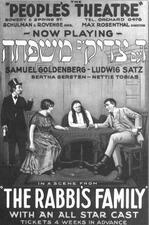
Yiddish Theater in the United States
Women have always been important as both Yiddish theater audiences and actors. For a decade and more, most American Yiddish actors were immigrants, as were their audiences. Often families played in the same company, such as the famous Adler family. Now, as Yiddish theater has become attenuated, the loyalties and memories of women are important for its survival.
Yiddish: Women's Participation in Eastern European Yiddish Press (1862-1903)
The development of the Yiddish press allowed Jewish women to move from the domestic into the public sphere and to be part of public discussion about communities’ affairs, to acquire knowledge of other Jewish towns and world events, and to express themselves publicly in their own language understood by all. They wrote letters to the editor, stories and articles, and opinion pieces and practical instructions.
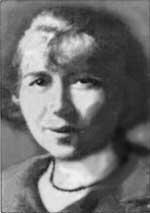
Yiddish: Women's Poetry
Women’s poetry in Yiddish first made its presence felt within the wider context of modern Yiddish culture in the late 1910s. Exploring topics from gender in Judaism to queer sexuality and eroticism, women’s Yiddish poetry cemented itself as its own literary corpus with priceless value and contribution to Yiddish literary culture.
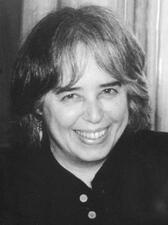
Jane Yolen
Jane Yolen is a Jewish-American children’s author, poet, and young adult novelist. Yolen has written more than 400 books for children and adults, including the children’s book series How Do Dinosaurs Say Goodnight? and the young adult Holocaust novella The Devil’s Arithmetic.
Yudica
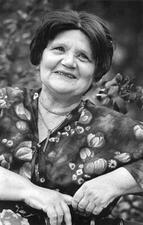
Zelda
An acclaimed and widely beloved Hebrew poet, Zelda’s work was utterly unique, conforming to no one school of Hebrew poetry. Her six books of mystical-religious verse were bestsellers, demonstrating that, while her poetry frequently referenced classical Jewish texts, it was admired by Jewish Israelis across political and religious spectrums.

Dorothy Miller Zellner
Charlotte Zolotow
Writer and editor Charlotte Zolotow wrote over 70 children’s books. Her best-known story is William’s Doll, which was produced as a short film and as a song for the popular children’s album Free to Be … You and Me. Some of Zolotow’s books approach difficult topics such as gender roles, death, single parents, and conflict.
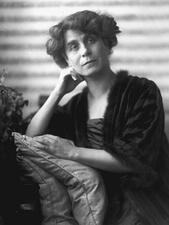
Berta Zuckerkandl
Miriam Shomer Zunser
Miriam Shomer Zunser, journalist, playwright, and artist, was an important promoter of Jewish culture in America during the period before World War II. Born in Odessa in 1882, Zunser left a strong legacy in the Yiddish literary world and in the world of Jewish activism and organization.
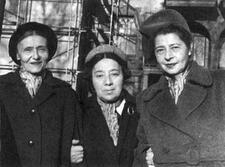
Rajzel Zychlinski
Rajzel Zychlinski’s poetry was shaped by the hopes and horrors of the twentieth century. She lived in Poland, the Soviet Union, France, and the United States, and was fluent in five languages, but for over seventy years she wrote only in the one idiom that was truly hers: Yiddish.


